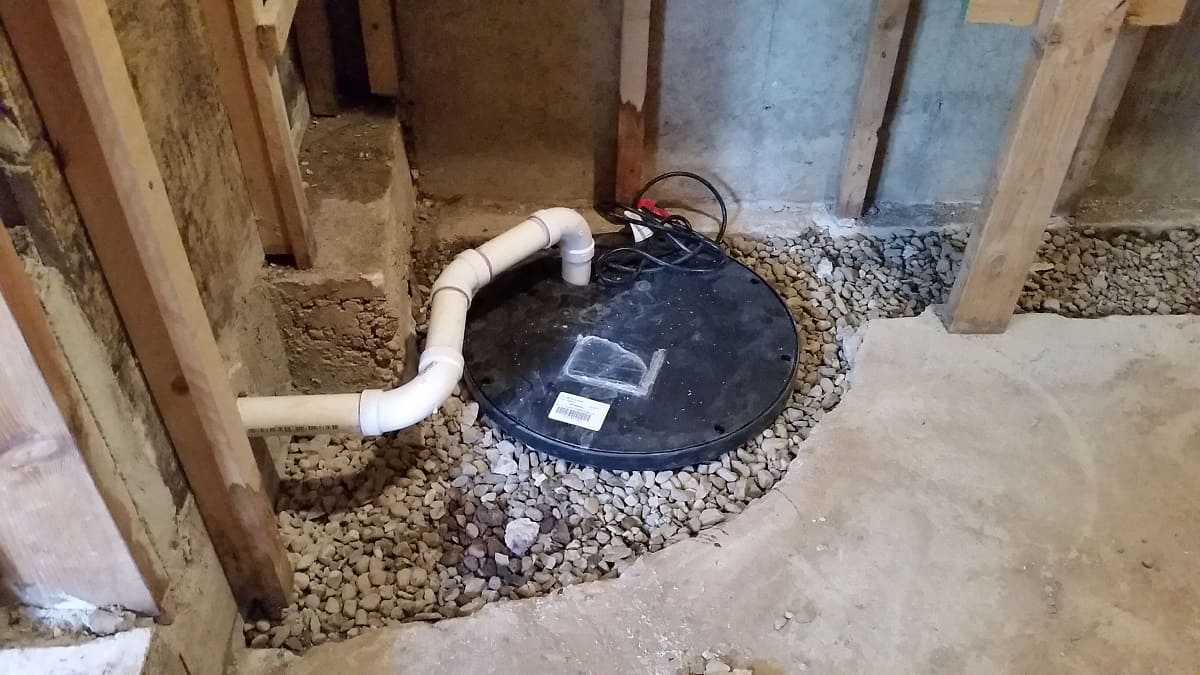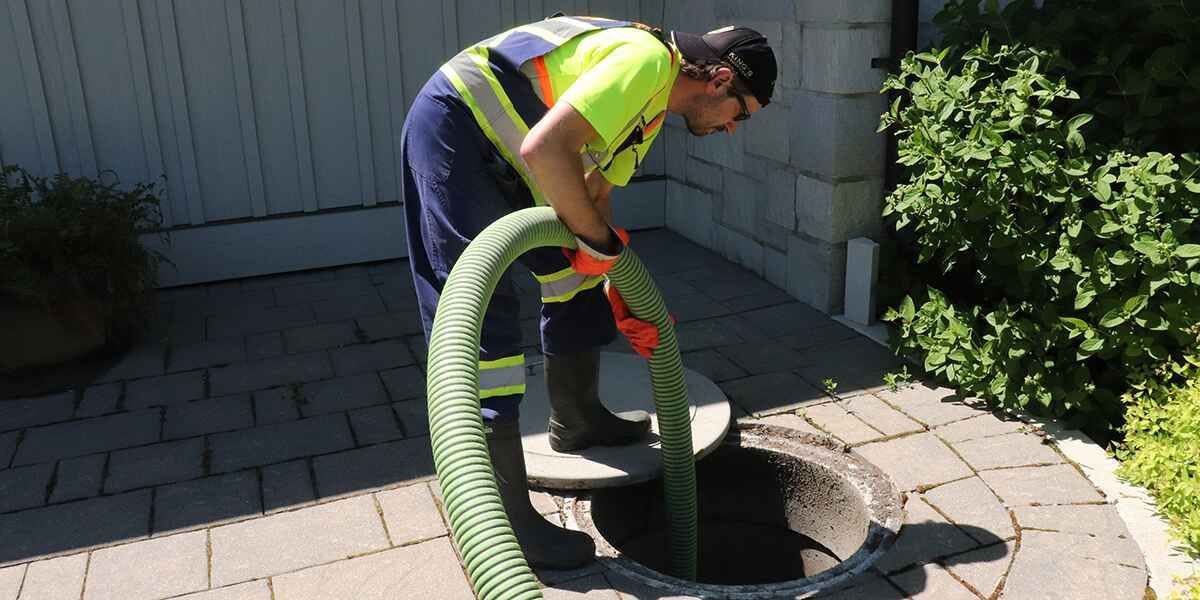My Guide to Effectively Servicing a Sump Pump
My Guide to Effectively Servicing a Sump Pump
Blog Article
Do you find yourself trying to find related information on How to Care for Your Sump Pump?

Sump pumps are important components in lots of homes, specifically in locations vulnerable to flooding or too much dampness. They aid prevent water damages by successfully getting rid of excess water from cellars or crawl spaces. Nevertheless, like any other home appliance, sump pumps require regular upkeep to ensure they function effectively when required the most. Cleaning your sump pump is an important part of its upkeep, and recognizing how to do it effectively can conserve you from costly repairs and possible catastrophes.
Intro
Keeping a tidy sump pump is vital for its correct functioning and long life. Neglecting this vital job can bring about blockages, malfunctions, and ultimately, water damage to your home. Consequently, learning how to clean a sump pump is essential for house owners who rely on these devices to maintain their cellars completely dry and protected.
Understanding the Sump Pump
Before diving right into the cleansing process, it's necessary to have a fundamental understanding of how a sump pump functions. Generally mounted in a pit or basin below the cellar floor, a sump pump includes a number of key components, consisting of a pump, a float button, and a discharge pipeline. When water builds up in the pit, the float switch triggers the pump, which after that pumps the water out with the discharge pipe, away from the building's foundation.
Signs of a Dirty Sump Pump
Understanding when your sump pump needs cleaning is important for stopping prospective breakdowns. Some usual indicators that show a filthy sump pump include weird noises throughout operation, decreased water circulation, and visible particles in the pit. If you discover any one of these symptoms, it's necessary to cleanse your sump pump immediately to avoid any type of additional problems.
Preparing for Cleaning
Before you begin cleansing your sump pump, it's important to take some security preventative measures. Beginning by turning off the power to the pump to prevent any type of electric crashes. In addition, wear suitable protective gear, such as handwear covers and goggles, to secure yourself from dust, particles, and prospective pathogens.
Detailed Guide to Cleaning Up a Sump Pump
Shutting Off the Power
Begin by separating the power supply to the sump pump to avoid any mishaps while cleansing.
Eliminating Debris and Dust
Use a pail or a scoop to get rid of any noticeable particles, dust, or sediment from the sump pit. Dispose of the debris correctly to stop it from clogging the pump or the discharge pipe.
Cleansing the Pump and Drift Switch Over
Once the pit is clear of debris, very carefully get rid of the pump from the pit. Inspect the pump and the float button for any signs of damages or wear. Make use of a soft brush or towel to cleanse the surface areas and eliminate any collected gunk.
Flushing the System
After cleansing the pump and float switch, purge the sump pit with clean water to remove any kind of staying dirt or debris. This will aid make sure that the pump runs efficiently and effectively.
Looking For Appropriate Performance
Before reinstalling the pump, execute a quick test to make certain that the float switch triggers the pump appropriately. Put some water into the sump pit and observe the pump's operation. If whatever is operating appropriately, you can rebuild the pump and reconnect the power supply.
Upkeep Tips to Maintain Your Sump Pump Clean
Along with routine cleaning, there are numerous upkeep suggestions you can follow to keep your sump pump in optimum condition:
Conclusion
Cleaning your sump pump is a vital facet of its upkeep and guarantees that it operates efficiently when you need it the most. By following the actions outlined in this overview and integrating routine upkeep into your routine, you can expand the life-span of your sump pump and safeguard your home from water damages.
How To Inspect And Clean A Sump Pump
There are a few things you may want to look for when inspecting your sump pump. These include:
Leaks: If you notice any leaks around the sump pump, it likely needs to be repaired or replaced. Mud or Water: If there is any mud or water around the sump pump, it’s likely that it’s not working properly and needs to be cleaned. Noises: If you hear any strange noises coming from the sump pump, it may be indicative of a problem. Next, you’ll need to clean the sump pump. If you notice any of these issues, it’s best to clean the sump pump as soon as possible. To do this, you’ll need to remove the pump from its housing. Be sure to have a bucket handy to catch any water that may spill out. Once the pump is removed, use a brush or a spray nozzle to clean off all of the mud and debris. You may also want to check the impeller for damage or wear and tear. If you find any damage, you’ll need to replace the pump.
Once the pump is clean, reattach it to its housing and replace any parts that were removed. Be sure to test the pump before putting everything back in place. Once everything is back in order, put the cover back on the sump pit and refill it with water.
https://elekplumbing.com/blog/how-to-inspect-and-clean-a-sump-pump/

I hope you enjoyed reading our excerpt on . Thank you for spending some time to browse our blog. Be sure to take the opportunity to distribute this blog post if you liked it. We treasure reading our article about Cleaning & Maintenance Tips for Your Home's Sump Pump.
Visit Homepage Report this page